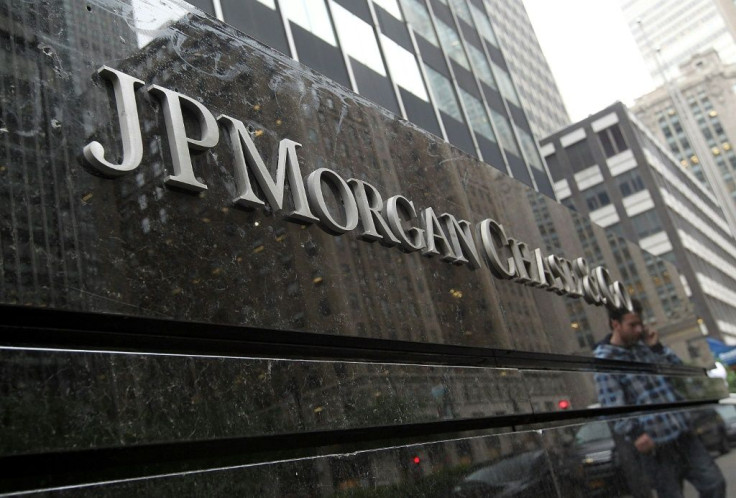Big US Banks Kick Off Second Quarter Earnings Season With Lower Profits, Large Loan Loss Reserves

KEY POINTS
- JPMorgan Chase delivered second quarter earnings of $1.38 per share
- Citigroup saw its second quarter profit plunge by 73%
- Wells Fargo posted a second quarter loss of $2.4 billion
Three of the largest banks in the U.S. -- JPMorgan Chase (JPM), Citigroup (C) and Wells Fargo (WFC) – kicked off the second-quarter earnings with somewhat different results.
While JPMorgan Chase and Citigroup posted better-than-expected second-quarter earnings, Wells Fargo reported its first quarterly loss since the darkest days of the recession.
But all three banks are similarly contending with the COVID-19 pandemic by setting aside huge loan loss reserves in anticipation of rising defaults by customers and businesses.
JPMorgan Chase delivered second-quarter earnings of $1.38 per share on revenues of $33 billion. Analysts had expected earnings of about $1.04 per share.
The bank’s results were boosted by trading revenue which soared by 79% to a record $9.7 billion. Bond traders alone recorded revenue of $7.3 billion, a 120% jump from a year earlier; while equities traders delivered revenue of $2.4 billion.
However, JP Morgan also set aside $8.9 billion for expected loan losses arising from the COVID-19 pandemic. As a result, JPMorgan’s retail banking division recorded a loss of $176 million, versus a $4.2 billion profit a year earlier.
Citigroup saw its second-quarter profit plunge by 73% as it set aside large loan loss reserves, but its results still beat analysts’ expectations.
Citigroup recorded a profit of $1.32 billion, or $0.50 per share, down from $4.8 billion, or $1.95 per share, in the year-ago quarter. The latest results exceeded average analysts’ estimate of $0.35 per share.
Revenue at Citi climbed by 5% to $19.77 billion.
Citi’s corporate and investment bank was buoyed by its trading business, where revenue jumped 55%. Fixed-income trading generated $5.6 billion in revenue, a 68% surge.
Moreover, the lender’s loan-loss provision included $2.21 billion in net charge-offs and another $5.7 billion which Citi added to its reserves for loans.
Citigroup had already set aside $7.03 billion in the first quarter for loan losses.
Meanwhile, Wells Fargo posted a second-quarter loss of $2.4 billion, or $0.66 per share -- its first quarterly loss since the fourth quarter of 2008.
Analysts expected a second-quarter loss of $0.20 per share.
The San Francisco-based bank posted a profit of $6.21 billion in the year-ago quarter.
Wells Fargo set aside $8.4 billion in the second quarter to allow for potential loan losses.
The bank’s second-quarter revenue of $17.8 billion also fell below analysts’ $18.4 billion expectation.
Wells Fargo also cut its dividend to $0.10 per share from $0.51. (Wells Fargo was forced to slash its dividend after the annual Federal Reserve stress test.)
Unlike its large banking peers, Wells Fargo still must contend with a slew of regulatory consent orders as punishment for a scandal in 2016 whereby some employees created fake accounts to pad their sales statistics. Among other measures, the Federal Reserve capped the bank’s asset growth.
As of 11:15 p.m. EDT, Wells Fargo shares were down 6.3%, JP Morgan slipped 0.26% and Citi shares fell 2.85%.
© Copyright IBTimes 2025. All rights reserved.





















